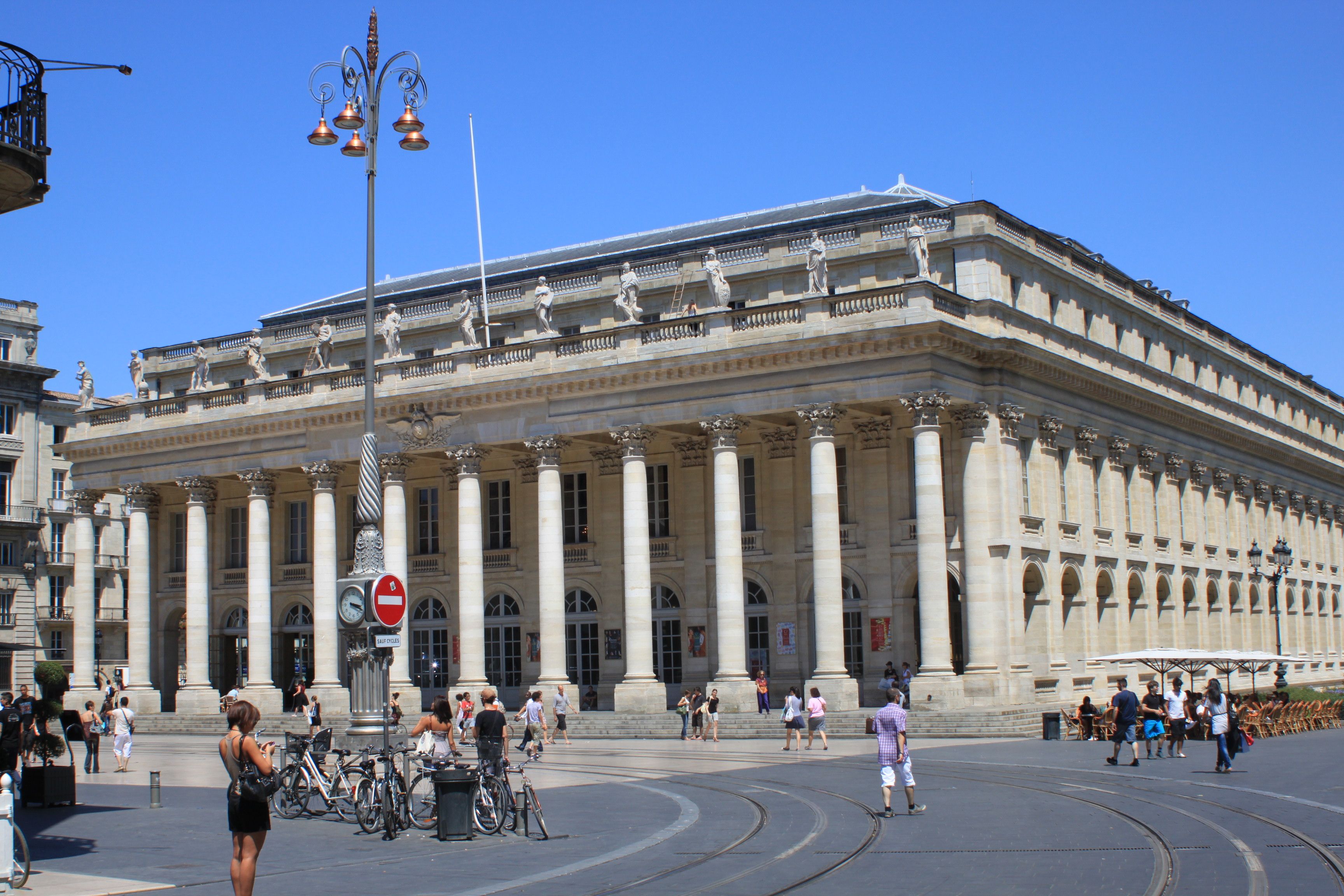 Until 1844, there were no public gardens in Paris. There were of course wonderful gardens in the city, like the Tuileries Gardens, the gardens of the Palais-Royal, and the Luxembourg Gardens, but these were the private property of the Crown or of other citizens, to which the general public was granted access based on “tolerances”.
Until 1844, there were no public gardens in Paris. There were of course wonderful gardens in the city, like the Tuileries Gardens, the gardens of the Palais-Royal, and the Luxembourg Gardens, but these were the private property of the Crown or of other citizens, to which the general public was granted access based on “tolerances”.
The very first garden in Paris to be owned by the city for the enjoyment of Parisians is the garden now known as the Square Jean XXIII, on the east and south sides of Notre-Dame. Its story, like so many things in Paris, is a fascinating memory of painful and turbulent events.
1830 was the year of the July Revolution that removed the Bourbon dynasty and introduced King Louis-Philippe of the House of Orléans, who was much more amenable to the the new measures of political liberalization. The religious and conservative parts of the population, however, refused to acknowledge the new king and sought to reinstate the last member of the House of Bourbon, the Count of Chambord, whom his partisans considered to be Henry V, the legitimate King of France.
On Sunday, February 13th, 1831, word circulated around Paris that the portrait of the Count of Chambord had been hung at Saint-Germain-l’Auxerrois Church. A group of partisans of the Revolution of 1830 responded by descending on the church and sacking it. From there, they went to the Archbishopric, considered to be a center of Legitimist sentiment.
The Palace of the Archbishopric of Paris was a fine structure built by the Cardinal de Noailles in 1697 located adjacent to Notre-Dame Cathedral. The crowd arrived there and threw all the books and furniture into the Seine. The next morning, they came back to finish the work and burn the building down. The authorities were in a strange position, fundamentally aligned with the objectives of the anti-Legitimist actions, but still not pleased to see uncontrollable masses pillaging the national heritage. They issued calls condemning the Legitimist conspiracy while asking the people to spare the monuments.
Then, something strange happened. Tuesday, February 15th was Mardi Gras. The Palace of the Archbishopric still in ruins, Paris was overtaken by the spirit of festivity. The angry mobs simply dissolved into the crowds of revelers.
The remains of the building were eventually taken down and the space was left as a public promenade. Then, in 1844, the Prefect of the Seine, Count Claude-Philippe Barthelot de Rambuteau, a lover of nature who had grown up on a magnificent estate in Burgundy, opened the space as the first public garden entirely dedicated to Parisians, to be known as the Square de l’Archeveché. In 1850, Eugène Viollet-le-Duc and Jean-Baptiste Lassus, who were responsible for the comprehensive restoration of Notre-Dame Cathedral, added the Sacristy and the Rectory that we see today along the south side of the Cathedral. Years later, the park was later renamed in honor of Pope John XXIII.




















